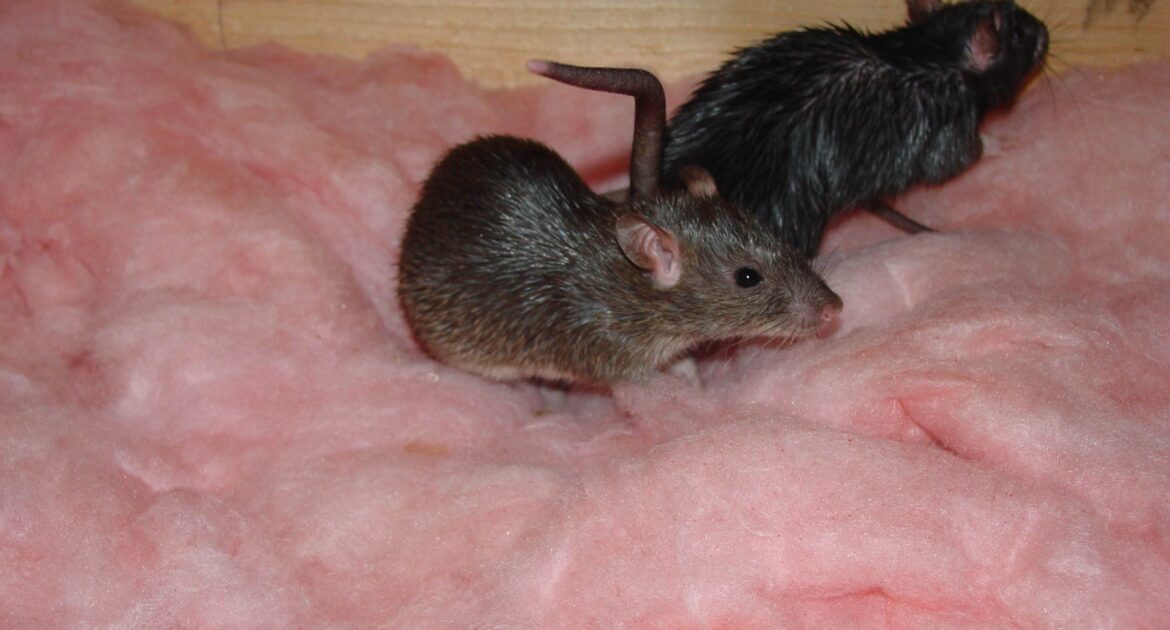Rodents have many traits in common with other furry animals. With their big eyes and expressive faces, it is easy to see why some people even keep rodents as pets. However, the similarities between household pets and rodents end when you consider what is inside a rat’s mouth.
A rat’s teeth are different from those of other mammals because they allow a rat to do what it does best: gnaw, bite, and chew. If you are curious about how such a small animal can do such serious damage to your home, here are the facts about rat teeth you need to know.
Consider a Rodent’s Teeth When Calling for Rat Removal in Barrie
Most mammals have the following four types of teeth, in order from front to back:
- Incisors – four front teeth used for biting
- Canines – four pointed teeth used for grabbing and tearing
- Premolars and molars – flat teeth used for grinding
Rodents, however, have only incisors and molars. In the space where other animals have canines and premolars, rats instead have an empty space called a diastema.
See and Hear Incisors at Work
Most people do not see a rat’s yellow front teeth as often as they see evidence of their work around the house. With their 4 to 7 mm-long incisors, rats gnaw on everything in their environment, including electrical wires and insulation. To gnaw, they grab onto an object with their top incisors and use their strong jaw muscles to pull the sharp lower teeth against it.
You may also hear a rodent making sounds by rubbing its incisors together. This behaviour is bruxing, and rats do it to sharpen their teeth. You may also hear a threatened rat’s bruxing give way to a much louder chatter. Any rodent sounds inside a home are reasons to seek out rat removal services.
Watch Rats Chew with Their Molars
It can be infuriating to see a rat, perched in an unreachable crevice, calmly eating food it stole from your kitchen. Rats eat mostly plant materials, which require crushing between the flat surfaces of molar teeth before swallowing. While chewing, rats hold their jaws in such a way that the incisors do not touch.
A difference between rats and most other mammals is that rats never lose their baby teeth. This condition of having only one set of teeth makes rats monophyodont, a rare trait they share with unrelated species such as the beluga whale, anteater, and platypus.
Understand the Consequences of Teeth That Never Stop Growing
A rat’s molar teeth are tough enough to stay intact for their entire lives. Its incisors, on the other hand, continue to grow at a rate of 2 to 3 mm per week. If the rat did not constantly gnaw to wear them down, the incisors would become so long that it could not survive.
The consequence of living with gnawing animals is that your home becomes their chew toy. Besides creating the cosmetic problem of teeth marks and holes, rats pose a fire hazard when they chew on electrical wires. Most home wiring is inside walls and out of sight but readily accessible to a rodent’s sharp incisors.
Contact Skedaddle for Rat Removal in Barrie
Some homeowners who try DIY rodent control learn the hard way that rat teeth are good for one other purpose: biting. A rodent bite can be a serious injury that requires a trip to the emergency room, a tetanus shot, and possible stitches.
Skedaddle technicians understand the facts about rats and know where to look for chewed wires and other signs of infestation. Don’t try to deal with rats on your own. Contact us today by phone for rat removal and all your other wildlife needs.




